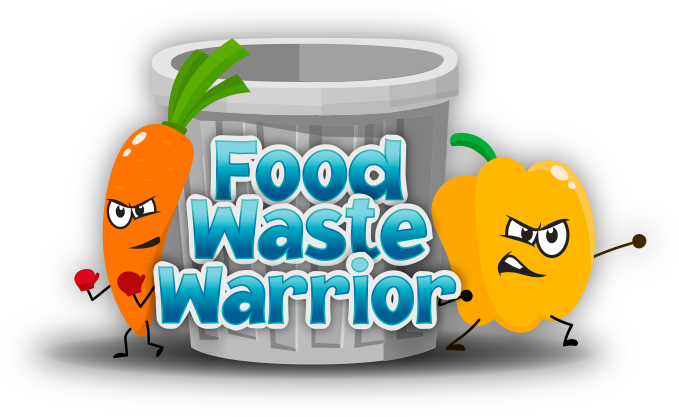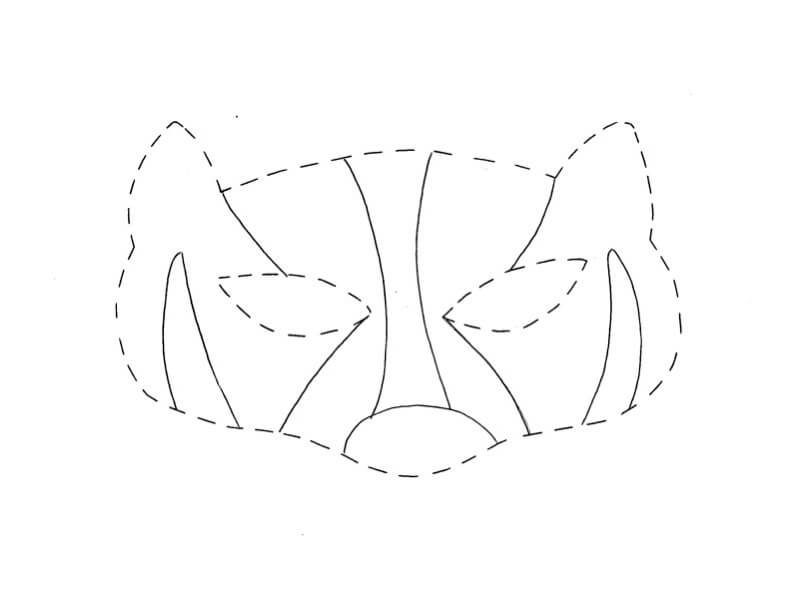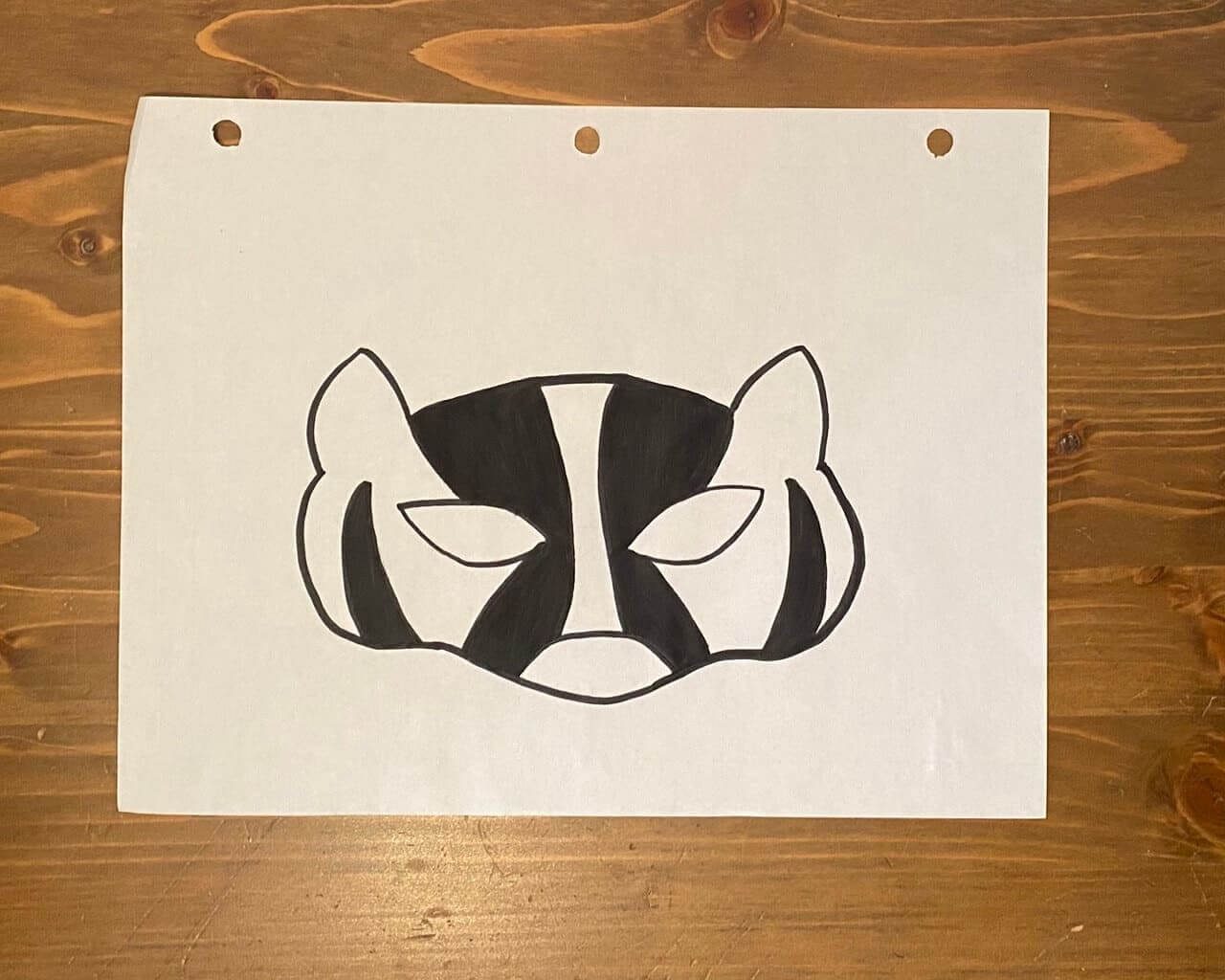Ever wonder how old those little grains of sand are? Researchers took this question to the Namib Sand Sea, in Africa, one of the largest and oldest deserts, and found that the grains of sand were more than a million years old!
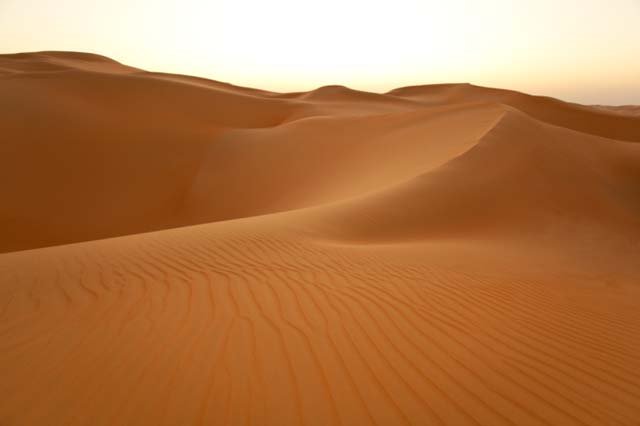
Ever wonder how old those little grains of sand are? Researchers took this question to the Namib Sand Sea, in Africa, one of the largest and oldest deserts, and found that the grains of sand were more than a million years old!

As Halloween quickly approaches, come with us as we investigate the spookiest mystery of all: why some animals, like bats, toads, wolves, owls and spiders, remind us of this ghostly night.
Bats are a staple in Halloween stories and decorations but, how did the only flying mammal become such a scary symbol?
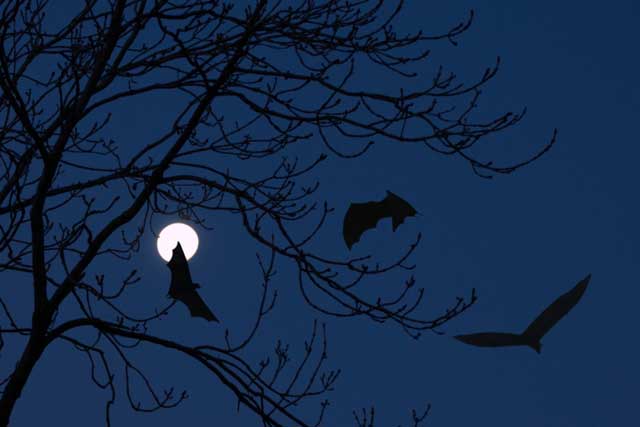
Bats are known to live in caves or ruins and are most active at night. This night time lifestyle makes it pretty easy for people to associate bats with evil things. The connection with Vampires makes sense – Hello? Vampire bats – but what about witches? It is believed that bats would fly around witches’ fires to catch the moths that were drawn to the light and heat.
Gerina Dunwich, Witch’s Halloween. Avon, MA: Adams Media, 2007: Page 50 – 52
Silver RavenWolf Halloween. St. Paul, MN: Llewellyn Publications, 1997: Page 64 – 66
Tales of toads and witches are a big part of Halloween. They are found in witches’ brews and were even associated with witches in William Shakespeare’s Macbeth.

These amphibians got such a bad reputation partly because of some icky warts. In the Middle Ages, people who had warts were believed to have touched a toad that had been poisoned by witches.
Edna Barth Witches, Pumpkins, and Grinning Ghosts: The Story of the Halloween Symbols. New York, NY: Clarion Books, 1972: Page 54 – 56
Creepy crawly arachnids can certainly give people the heebie jeebies. After all, what’s Halloween without a few black spiders and hanging webs?
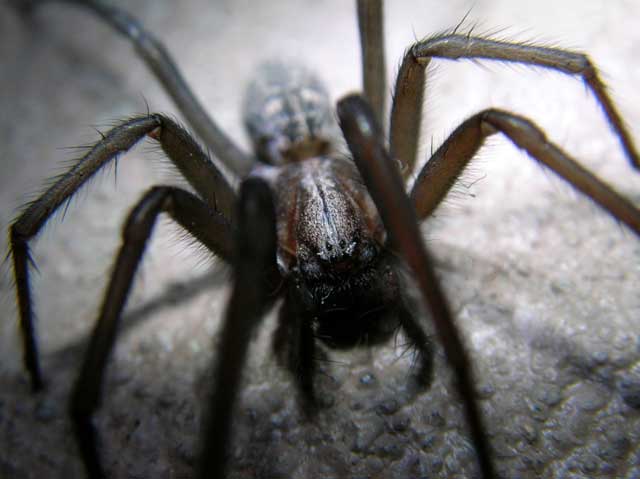
In Greek Mythology there was a goddess who used spider webs to tell the future. This magical side to spiders took a dark turn when they were linked to Crones (you know, those evil old ladies in fairytales) due to some of their scarier traits. For example some female spiders eat their mates, a not so friendly habit that has left them with a bad reputation.
Gerina Dunwich, Witch’s Halloween. Avon, MA: Adams Media, 2007: Page 69 – 70
AWOOOOOOOOO!! A wolf’s cry in the night is a piercing sound that is not only used to frighten us on Halloween but also shows up in movies just before things get really scary.

The idea of a person turning into a wolf started in Ancient Greece where it was believed that Apollo lycaeus could take the shape of any animal. This inspired the belief that wearing a wolf pelt could also cause a person to change into that animal. This freaky thought has left a frightening imprint in people’s minds whenever they hear or see a wolf.
Silver RavenWolf Halloween. St. Paul, MN: Llewellyn Publications, 1997: Page 66 – 68
A lot of Earth Rangers love Animal Ambassador Sonic, so it might be surprising that these birds are linked with darkness and evil spirits.
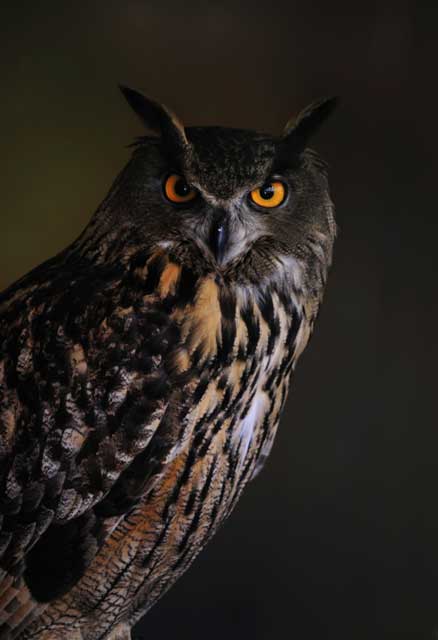
Ancient Romans believed that owls were bad omens and their cries were thought of as a sign of death. Since owls only come out at night, they are also thought of as evil spirits. Like bats, they were linked to witches because they flew around their fires at night to eat the insects that were attracted by the light and warmth.
Lesley Pratt Bannatyne Halloween: an American Holiday, an American History. Gretna, LA: Pelican Publishing Company, Inc., 1998: Page 89
Edna Barth Witches, Pumpkins, and Grinning Ghosts: The Story of the Halloween Symbols. New York, NY: Clarion Books, 1972: Page 50




Ecolabels like these can be found on just about every product these days, like food, paper products, shampoo, and even toys and clothing. But what do these ecolabels mean? How do you know which ones are really better for the planet, and which ones are not all that they seem to be?

Get ready to learn all about ecolabels! When you accept this Mission, you’ll get access to a Mission Brief that’s full of ecolabel info. In it, we show you examples of real ecolabels that you might see at the store, and explain what they mean.
When you’re finished reading, you’ll jump into action. It’s time to do a Certified Green Check! Go around your house and inspect your products for ecolabels. Keep track of which products have them and which ones don’t.
Next, you’ll prep your ecolabel guide. You can make your own with ecolabels that are important to your family, or use the one in the Mission Items. When it’s time to go shopping, take it with you to help you decide what to buy!


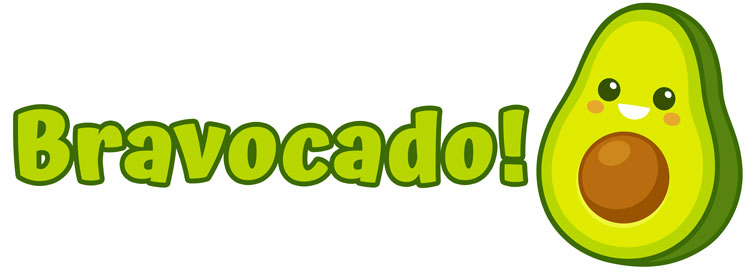
Food jokes are fun, but food waste is not. And it’s something we need to taco’bout!
Food waste is what you call food scraps and leftover bits that you don’t eat. It might seem harmless, but it’s a big climate change problem. Here’s why:
When food is thrown in the garbage it usually ends up in the landfill. While there, it’s broken down by teeny tiny microbes, like mold, germs, and bacteria. In the process, they create methane, one of the strongest greenhouse gases—it can trap 25 TIMES more heat than carbon dioxide!
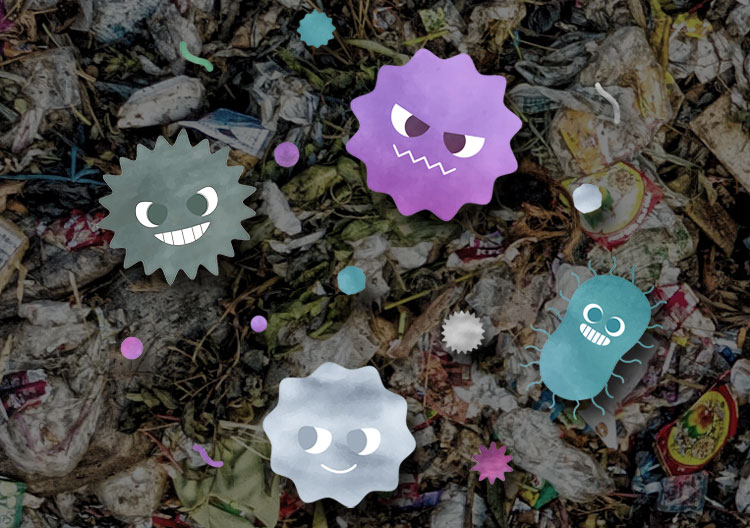
Luckily, there is a really easy way to use your food waste to help the planet instead. Compost it!
A compost bin is a special container that helps your food break down. It is a paradise for bacteria, fungi, bugs, and worms who turn your leftovers into black gold. This black gold, also known as fertilizer, is really good for plants because it’s filled with nutrients from the food. Even better, compost bins have lots of oxygen in them, which those methane-making microbes hate!
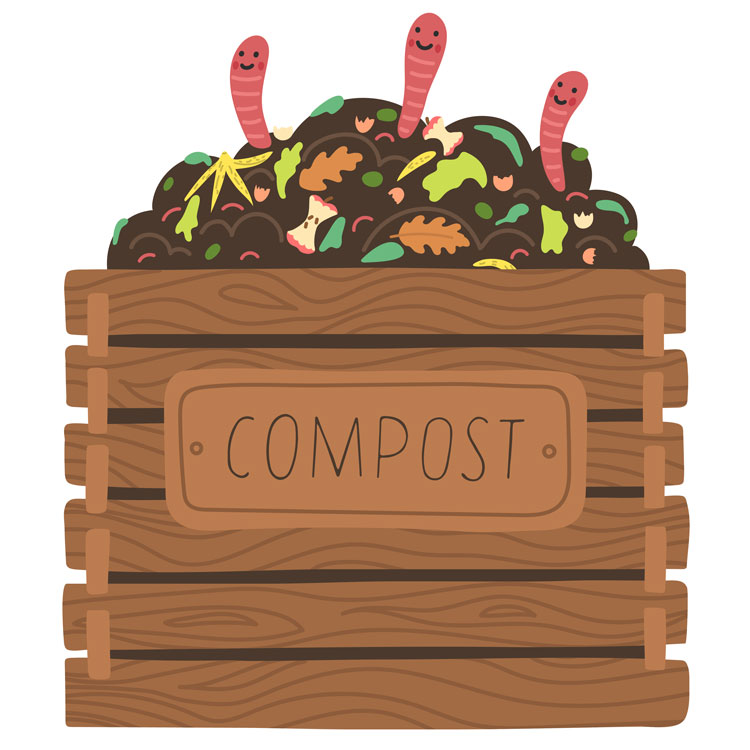
Food like meat, dairy, raw eggs, and fat can turn your black gold into an unusable muck! They can carry diseases that get into the fertilizer and end up hurting your plants. They can also be really smelly, which attracts animals. Make sure to keep those foods out of your compost bin!


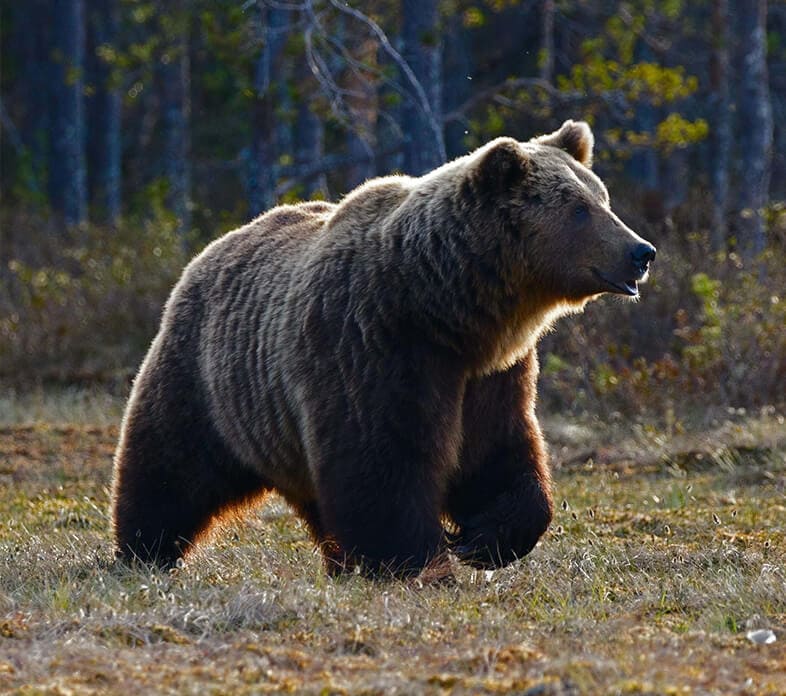
Whose cub are you? Find out which fuzzy family you would fit into if you were born as a bear cub!
Have you ever wondered what it’s like to hold an Arctic fox pup? Do you want to know what you need to study in school to become a scientist? Are you curious about what it’s like to work in the Arctic?

Later this month, we’ll be chatting with Kayla Buhler from the University of Saskatchewan. She’s one of the researchers whose work you’re supporting with Wildlife Adoptions.
What are we going to ask Kayla about? We don’t know! You tell us!
Not able to join us on October 28? Don’t worry! We’ll post her answers on the blog after the interview.
Want to support Kayla’s research? Look for the Arctic fox in the Adoptions section of the Earth Rangers App.
Tap here to learn more about Arctic foxes and Kayla’s work!


Show off your love for our awesome furry friends by making your very own badger mask!
Draw your mask. You can use this picture as inspiration!
It's time to bring your mask to life! Use black marker to add a nose and the stripes along the face.
TIP: We did a tall triangle below each ear and two 'butterfly wings' between the eyes that connect to the nose.
Use scissors to cut out your mask, and punch two holes below the ears. Tie each end of your string to each hole.
Put on your new mask and reveal your inner badger!
Welcome to our new series featuring interviews with the behind-the-scenes experts here at Earth Rangers! We’re excited to share stories and insight about the work we do directly from the source. So let’s get started!

Meet Lisa Grant, Curator of Live Productions. Lisa has been with Earth Rangers for 15 years and knows our animal ambassadors better than anyone, including their little quirks and favourite snacks! She is an absolute rock star when it comes to taking care of the animals and so much more.
Q. You have such a unique job, Lisa! What’s a typical day like for you and is there something in particular you love doing?
A. There is no typical day for me! My time is spent scheduling, getting staff/animals ready for school assemblies, training staff on handling animals, training animals on new natural behaviours, maintaining the animal wing, and of course, husbandry, which is always a part of an animal job! I love all aspects of my job — who wouldn’t when it involves being around animals all day!
Q. There’s an obvious bond between the handlers and the animals here. Can you tell us about a close bond you have with an ambassador and what it means to you?
A. Strong relationships between handlers and the animal ambassadors are so important. One of the strongest bonds I have is with a red fox named Finn. I have been working with Finn since he was about a month old, and that was over 8 years ago! I’ve been with him through his hand feedings, teething stage, acclimation process, training natural behaviours, and prepping him for his first school show and tour to British Columbia. Finn is a big part of Earth Rangers and always a crowd pleaser, with a big fox “smile” on his face.

Q. How many animal ambassadors live at the Earth Rangers Centre?
A. We have 35 animals that we care for, ranging from Ring Tailed Lemurs to Savannah Monitors to Bald Eagles!
Q. You mentioned animal husbandry is a major part of the behind-the-scenes story. How do you ensure the daily needs of our furry and feathered colleagues are met?
A. Animal husbandry is extremely important. It not only provides the animals with a clean, comfortable, environment, but you can also learn a lot about an animal’s health. We have standard procedures in place to ensure that we are meeting all of the animal’s needs, such as proper nutrition, lighting, exercise, enrichment, and training.

Q. There’s a tremendous amount of work that goes into training. What’s involved in teaching a hawk to fly across a gym, for example?
A. Training a Harris Hawk to fly over the audience in a school gym is an extensive process. It begins with the most important aspect: a close, trusting relationship with its handler. The process begins at the Earth Rangers Centre, rewarding them (positive reinforcement) for short hops from a perch to the handler’s glove, then slowly increasing the distance and eventually bringing in an audience to sit under them as they fly. Once they are comfortable doing this, we move to a school gym to continue the training without an audience, in order to get them acclimatized to the new environment. Then we fly them up an aisle between a small audience, and start increasing the group size until eventually they fly over the kids seated on the floor.
Q. How would you best describe how the children react when they see a live show?
A. Words cannot express the reactions of the kids after seeing our assembly! Emotions range from excitement, to joy, to utter amazement. It’s so rewarding seeing their reactions and knowing that the animal ambassadors that I work with and care for have inspired so many kids to take environmental action. That’s the reason that I love working at Earth Rangers!

Q. What advice would you give to someone who was thinking of a career working with animals?
A. The most important factor is to continue their education and pursue science related courses in post-secondary school. Volunteering at animal shelters, rehabilitation centres, zoos and veterinary clinics also helps add experience. Working with animals is a very rewarding job!
Picture this: your family is about to have your favourite meal for dinner, so you’re eager to help out in the kitchen. You reach into the fridge to grab some ingredients, and… Yuck! Suddenly, you’ve touched mystery mush! It seems like every week something else gets lost in the back of the fridge or goes bad in the blink of an eye!
Well, we’re saying “no thank you” to nasty produce! Here are some of our favourite ways to be Food Waste Warriors and keep produce fresher for longer.
Place a sheet of paper towel or a clean, dry tea towel with your leafy greens! This will stop them from wilting too quickly.
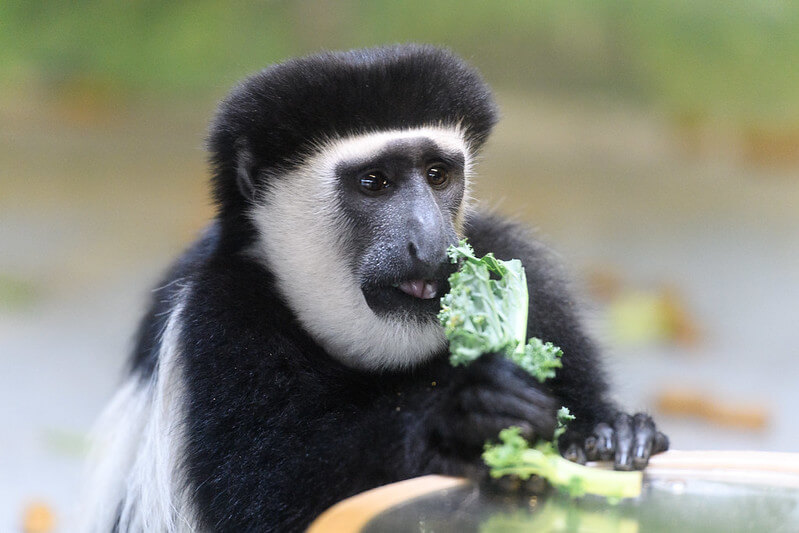
Place them in a jar with a bit of water and cover the tops. Replace the water every few days to keep your herbs nice and fresh. Want something even easier? Just freeze ’em! Chop ’em up and toss them in an ice tray with a tiny bit of water or oil. Next time you want to add herbs to your meal, just pop in a couple of herby ice cubes as you cook!
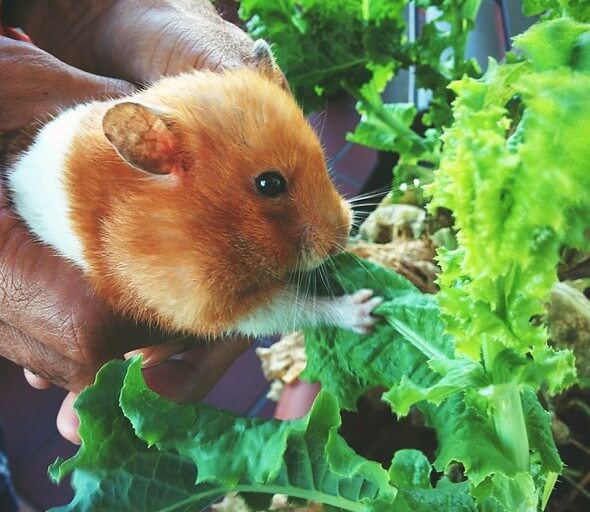
To keep them nice and fresh, store them in the fridge! The cold temperature will stop the avocado from over-ripening. If you have a few avocados that might go bad soon, don’t fret! Cut out the pit and pop the overripe flesh into the freezer. You can use it for smoothies and desserts later!
Peel, wash, and cut up your veggies. Fill a large jar with a couple of centimeters of water, and pop ‘em in. This will keep them fresh for longer, and you’ll have a healthy snack ready to go!

Collect veggie skins and leftover bits in a reusable freezer bag and freeze. Once your bag is full, ask an adult to pour them in a large pot of water, and simmer for about an hour (or longer if you want a stronger-tasting broth). Then just throw in your favourite soup ingredients, and you’ve got yourself a delicious meal!
Did you know you can regrow some vegetables? At home?! Look for Kitchen Scrap Crops in the Creative Corner to learn more!

